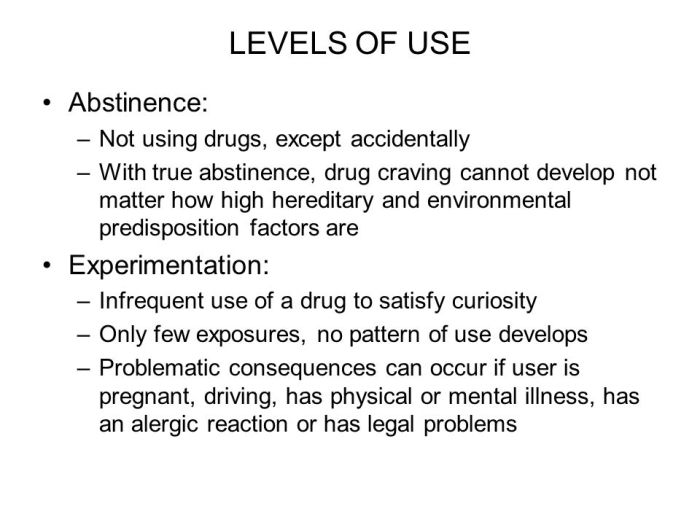Uppers downers all arounders 8th edition – Welcome to the eighth edition of “Uppers, Downers, and All-Arounders,” the definitive guide to the classification, effects, uses, and societal implications of psychoactive drugs. This comprehensive volume offers an authoritative and engaging exploration of the complex world of drug use, providing readers with a nuanced understanding of the science, history, and cultural significance of these substances.
In this updated edition, we delve into the latest research on the physiological and psychological effects of uppers, downers, and all-arounders, examining their mechanisms of action and potential for addiction. We also explore the evolving societal attitudes towards drug use, the legal implications of drug possession and distribution, and the role of law enforcement and public health agencies in addressing drug-related issues.
Drug Classification and Terminology
In pharmacology, the terms “uppers,” “downers,” and “all-arounders” are used to categorize drugs based on their primary effects on the central nervous system (CNS). Uppers are stimulants that increase alertness, energy, and focus. Downers are depressants that slow down the CNS, causing relaxation and sedation.
All-arounders have both stimulant and depressant effects.
Examples of Drugs
- Uppers: Cocaine, amphetamine, methamphetamine
- Downers: Alcohol, benzodiazepines, barbiturates
- All-arounders: MDMA (Ecstasy), LSD, psilocybin
Historical and Cultural Significance
The terms “uppers” and “downers” have been used for centuries to describe the effects of certain substances. In the early 1900s, amphetamines were widely used as stimulants, and barbiturates were used as sedatives. In the 1960s and 1970s, the use of LSD and other psychedelic drugs became popular.
Today, these terms continue to be used to describe the effects of various drugs, both legal and illegal.
Physiological and Psychological Effects: Uppers Downers All Arounders 8th Edition
Uppers
Uppers increase the release of neurotransmitters such as dopamine and norepinephrine in the brain. This leads to increased alertness, energy, and focus. However, uppers can also cause anxiety, paranoia, and hallucinations at high doses.
Downers
Downers decrease the release of neurotransmitters such as dopamine and norepinephrine in the brain. This leads to relaxation, sedation, and sleepiness. However, downers can also cause impaired judgment, memory loss, and respiratory depression at high doses.
All-arounders
All-arounders have both stimulant and depressant effects. They can increase alertness and energy, but also cause relaxation and sedation. The specific effects of an all-arounder depend on the individual drug and the dose.
Potential for Addiction and Abuse, Uppers downers all arounders 8th edition
All three types of drugs have the potential for addiction and abuse. Uppers are particularly addictive because they can produce a euphoric high. Downers are addictive because they can relieve anxiety and insomnia. All-arounders are addictive because they can produce a combination of pleasurable effects.
Medical and Therapeutic Uses

Uppers
Uppers are sometimes used to treat conditions such as attention deficit hyperactivity disorder (ADHD) and narcolepsy. They can also be used to improve athletic performance and weight loss.
Downers
Downers are used to treat conditions such as anxiety, insomnia, and seizures. They can also be used to reduce nausea and vomiting.
All-arounders
All-arounders are not typically used for medical purposes. However, some research suggests that they may have potential in treating conditions such as depression and post-traumatic stress disorder (PTSD).
Potential Benefits and Risks
The use of uppers, downers, and all-arounders for medical purposes can be beneficial. However, it is important to be aware of the potential risks, such as addiction, abuse, and overdose.
Questions Often Asked
What is the difference between an upper and a downer?
Uppers, also known as stimulants, increase alertness, energy, and focus, while downers, also known as depressants, slow down the central nervous system, leading to relaxation, drowsiness, and reduced inhibitions.
What are the most common types of uppers and downers?
Common uppers include caffeine, cocaine, amphetamines, and methamphetamines. Common downers include alcohol, benzodiazepines, opioids, and barbiturates.
What are the risks associated with using uppers and downers?
Uppers can lead to anxiety, insomnia, heart problems, and addiction. Downers can cause respiratory depression, impaired judgment, overdose, and addiction.